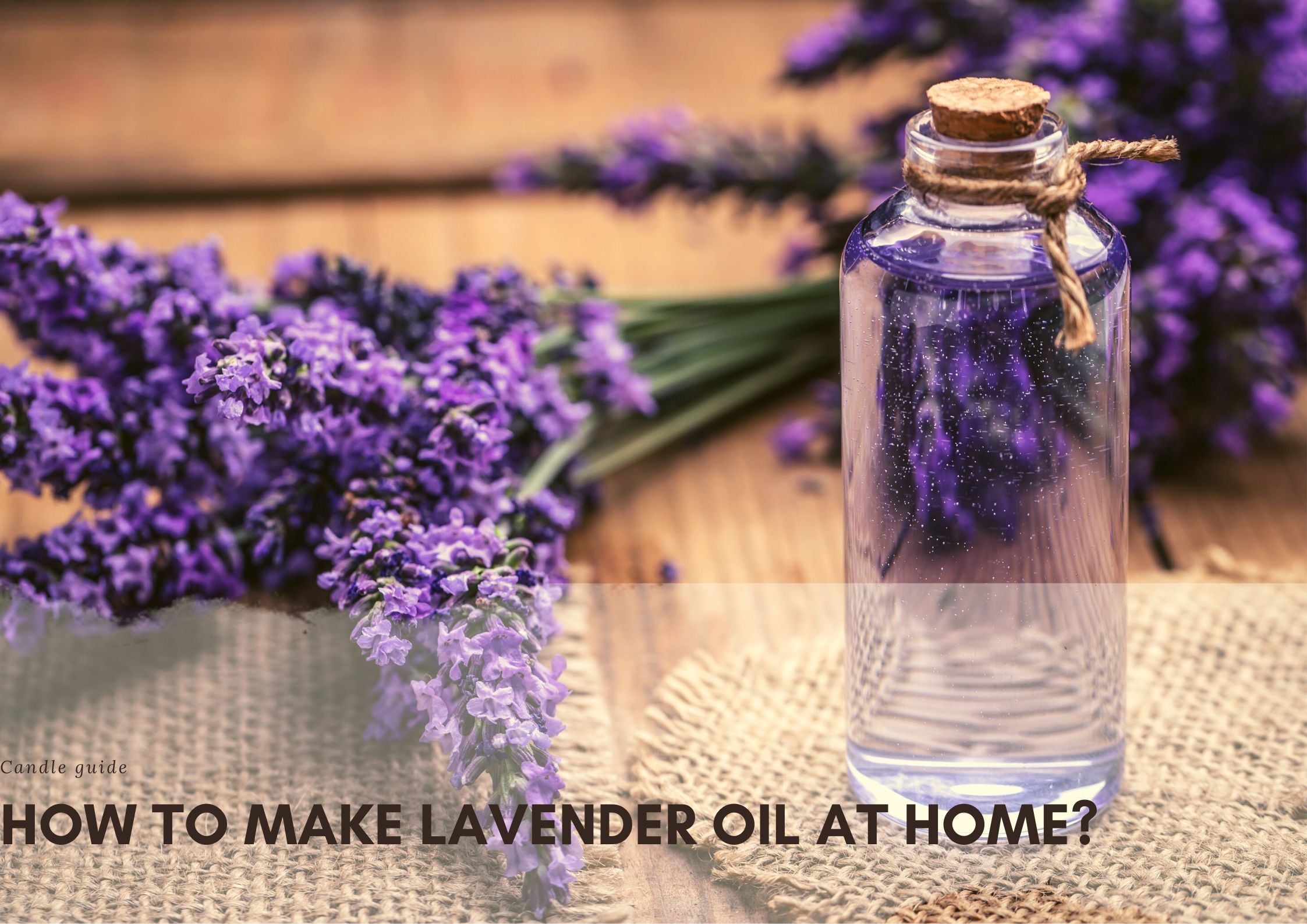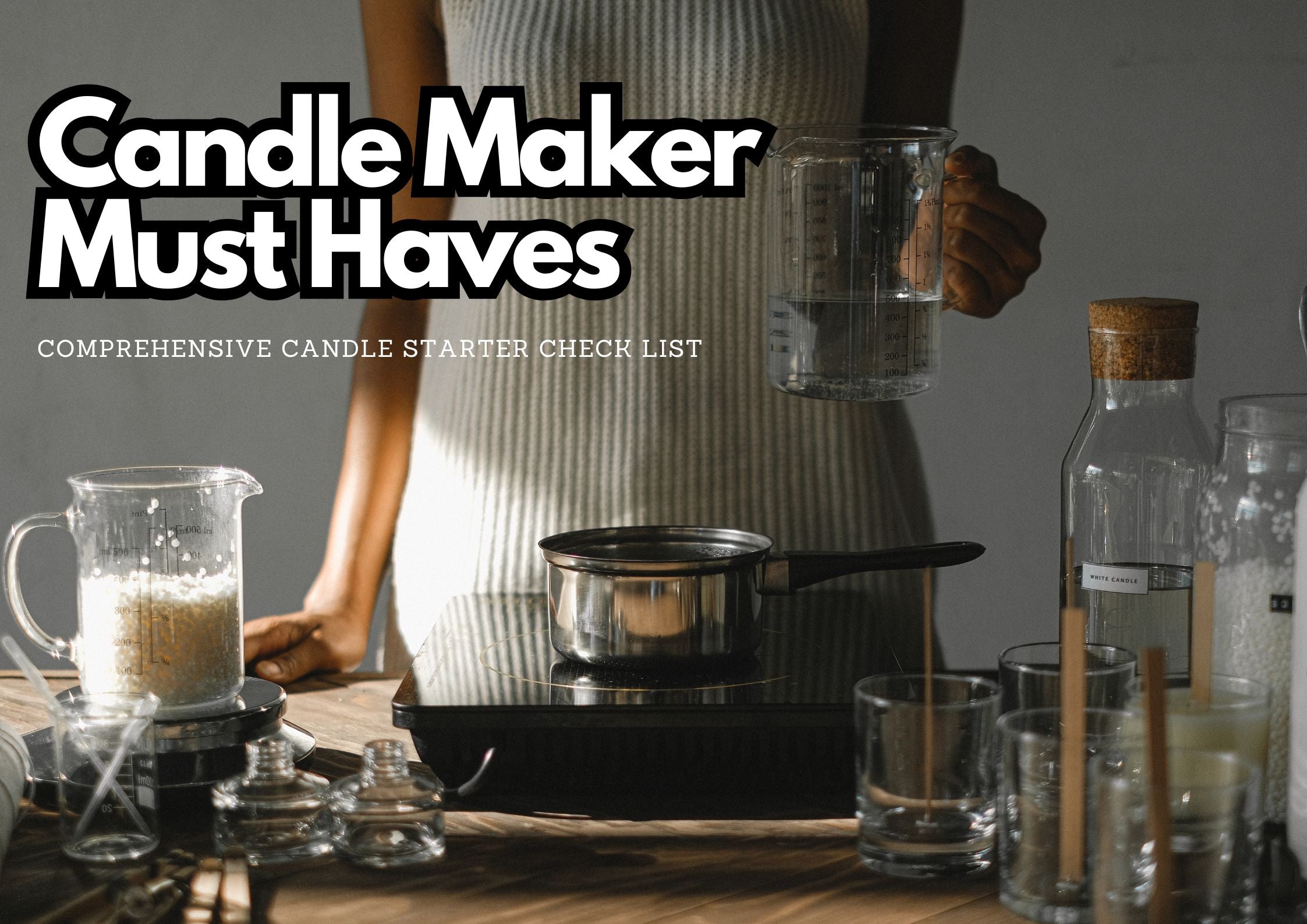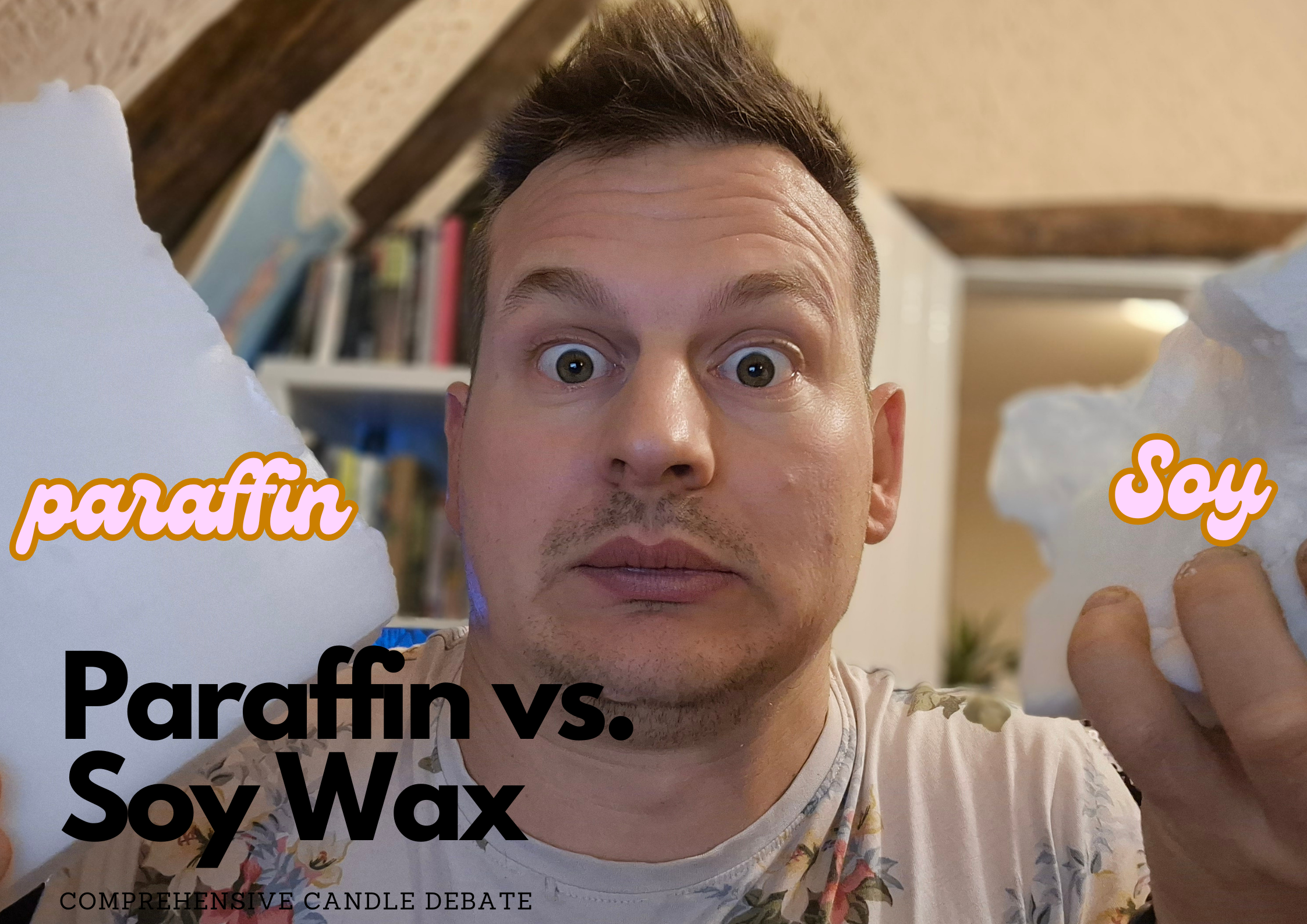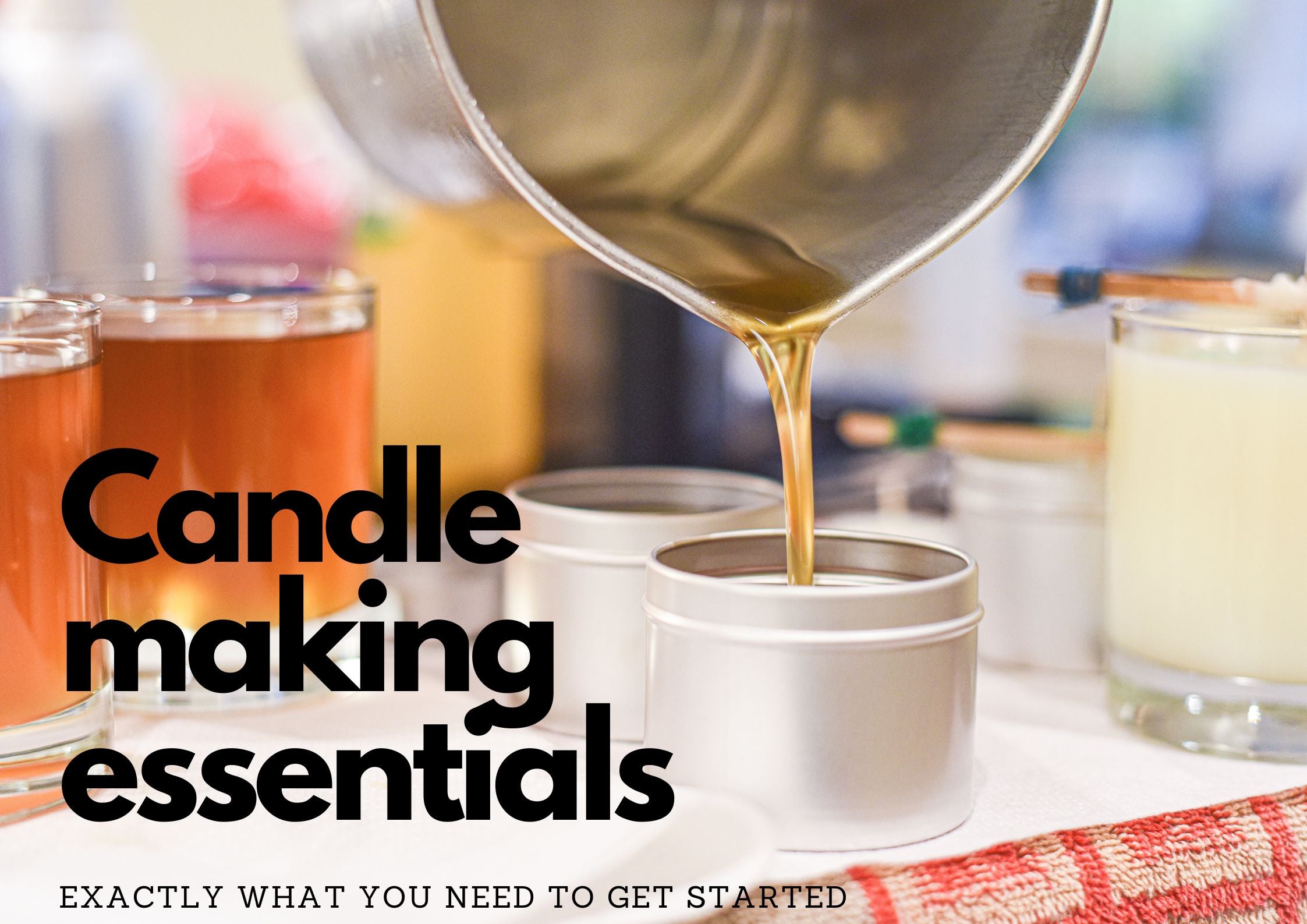How to make lavender oil at home?
Oct 05 , 2022
Essential oil made from lavender is not only one of the most popular plant based fragrances, but also one of the most versatile. It helps relaxation, relieves anxiety, is good for certain allergies, insomnia, eczema, nausea and in some cases even relieves menstrual cramps. Although the oil itself is well known, few people realize that we can make it ourselves at home!
Lavender oil and lavender infused oil. What is the difference?
Unfortunately, the production of genuine lavender essential oil is only possible using large-scale, industrial methods. This requires a distillation apparatus and precise measurement of the distillation, not to mention the fact that filling such apparatus requires several hundredweight of lavender, which most of us cannot obtain, and that we cannot use several liters of the distilled oil made this way before it expires.
If you search the internet for recipes to make lavender oil, most (if not all) will teach you how to make lavender infused oil.
This substance has almost all the good qualities of 'real' lavender essential oil, and can be produced effectively in small quantities at home without the need to buy any special equipment or invest any significant time. Perhaps one of the only drawbacks of this process is that the liquid prepared in this way will be much less concentrated than the distilled version available in shops. However, the undoubted advantage of this method is that we can ensure that the raw materials used are 100% natural and do not contain any potentially harmful additives.
What is lavender infused oil?
Lavender infused oil is made by soaking dry lavender flowers in some carrier oil for at least a week. During this time, the essential oils found in the flowers are infused into the oil, which in turn imparts the beneficial effects of lavender.
For this process you can use several types of lavender and several types of oil, but in any case it is true that the infusing itself will take the most time and the preparation and filtering process itself will only take a few minutes.
An oil prepared in this way will be suitable for aromatherapy use, but be aware that as it is less concentrated than distilled essential oils, the fragrance will be less strong.
As they are oil-based, they can be used in humidifiers, but dosage is of the utmost importance, as too much oil can clog the lines of the device and damage it.
When using a reed diffuser, expect the fragrance to be much less intense than if you were using essential oils, so you may need to limit yourself to using more sticks to achieve the right aromatherapy effect.
Candles can also be scented with this oil, but care must be taken to maintain the correct proportions, as the oil will make the wax softer and easier to melt, so do not add more than a few drops to the wax mixture. As we make these infused oils ourselves, no two are the same, so we have to experiment with the exact proportions. It's advisable to start with a little, as this will at least give you a working candle that may not smell as good, but if you use too much oil the candle may become unusable.
What kind of lavender can I use?
Perhaps the most important question we have so far is what kind of lavender to use for this project.
The name lavender refers to a genus of 47 species. Technically, all lavender species can be used to make essential oils, but of course some will be more potent or easier to collect because of their larger flowers.
For aromatherapy purposes, the most suitable is the so-called True Lavender, which you will find in herbalism textbooks under the name Lavandula angustifolia.
Whichever variety you choose, it is very important that the flowers you harvest are clean and free of chemicals and pests.
Lavender farms can be found in almost all countries with climates suitable for lavender cultivation, and because the plant is particularly resistant to pests and infections, these farms usually do not use any pesticides. But if in doubt, it is always better to ask!
If you get lavender from a friend or acquaintance's orchard, ask when the plants around it were sprayed, so that you don't get some on the plant. It's always a good idea to get lavender flowers from enclosed gardens, away from the dust of car traffic and city smog!
Once you have chosen where to get the lavender from, you can start harvesting.
Always pick enough flowers to fill the container in which the oil will be made about twice full, as the lavender will lose a lot of volume during the drying process.
An oil with really good aroma therapeutic properties will be produced from lavender flowers that have just started to fully bloom, so early spring is the best time to do this.
Herbalists and experienced naturopaths pick the flowers as soon as the morning dew has dried, as the warm spring sun can evaporate many of the important compounds.
How to dry the lavender flowers?
There are basically two ways of drying lavender (and any other herb for that matter). One is the more classic solution: simply bunch the flowers and hang them in a dry, airy place. This method of drying is not recommended in countries with a humid climate, as the high humidity can cause the flowers to mold or rot.
The other method of drying is a little more labor and equipment intensive, but is more suitable for essential oil production. Using a food dehydrator, you can dry out relatively large quantities of lavender very quickly and efficiently. This method has the advantage that it dries the plants much better, so that they do not retain moisture that could lead to mold when making essential oil. We mentioned earlier that the heat of the sun can leach certain beneficial enzymes from the lavender, so we also have to be very careful to set the food dehydrator to a maximum of 95°F (about 35°C).
If the temperature is set correctly, the food dehydrator can be a really good solution, as it allows you to use the lavender flower for oil infusing while it is still fresh and contains all the active ingredients
What kind of oil to use?
Now that dried lavender is ready, it's time to choose the right carrier oil for it! Virtually any plant-based, oli that is liquid at temperature can be used for this purpose, be it extra virgin olive oil, sunflower oil or rapeseed oil. Although edible oils available on the shelves of grocery stores are also suitable, you will definitely get better quality if you buy a special oil for homemade cosmetics. The most common choice is extra virgin olive oil, as it is relatively cheap, less processed and has a longer shelf life.
Whatever oil you choose, pay close attention to when it expires, as the expiry date of the oil will determine the shelf life of your fragrance oil. If the oil goes rancid, it will ruin the essential oil, so try to use an oil that will last at least a year from the date of purchase.
How long does it take for the infusion to happen?
Once you've got the dried lavender and the right oil, all you need is a thoroughly cleaned and dried airtight jar that you can fill with the ingredients.
How long you have to wait for the active ingredients to leach out of the lavender depends on a number of factors, from the type of lavender to the temperature outside and the type of oil. In practice, this means that each bottle of prepared lavender oil will take a different amount of time to infuse. For this reason, it is not possible to give an exact time when the mixture is "ready", only an interval. If you are very impatient, you can strain the oil after a week, but it is better to leave the flowers to soak for at least two weeks or even a month. During this time, it is important to keep the bottle warm but out of the sun, as UV rays from the sun can damage the enzymes in lavender.
How to store the finished product?
Once the oil has been thoroughly filtered, it's a good idea to pour the finished product into a dark glass jar and store it in a dark cool place! The expiry date will be the same as the expiry date of the oil used, but it's a good idea to smell it before each use: if it smells of oil paint then unfortunately it has gone rancid!
Making lavender infused oil, as we have seen, is really easy and the resulting fragrance will be excellent for aromatherapy purposes, although keep in mind that it will never smell as strong as the concentrates made by distillation!





